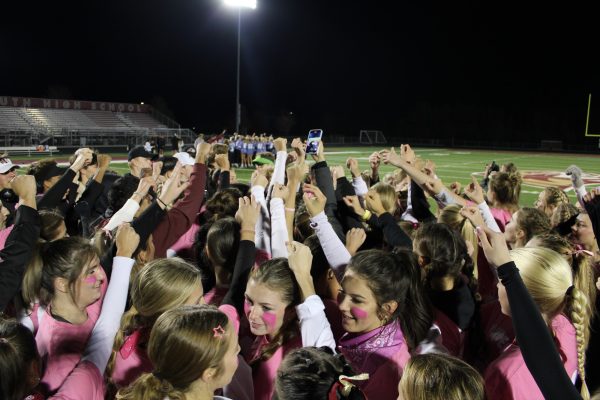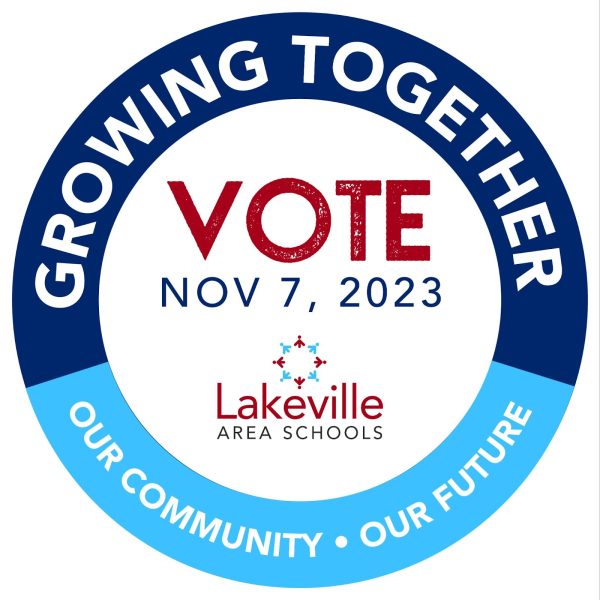Continuing Traditions and Breaking Norms
Photo by Jim and Ruth Lindquist Photography
October 12, 2022
Homecoming traditions have been around since the 1910’s, but should every tradition be continued? Homecoming week is different at every school.
Homecoming was originally created to welcome alumni back to campuses to celebrate the new year and football season, and most high schools carry this on. In Texas students decorate “mums”, a sash of ribbons and charms, to show their school spirit, while in northern states people decorate homecoming pants and bundle up in spirit wear to go to the football game. Traditions vary, but most schools that celebrate homecoming share one in common: the coronation of the homecoming king and queen. Crowning the homecoming or prom royalty has been a tradition since 1921, but according to the Chicago Tribune “More schools [are] ditching king and queen traditions” and are taking a gender-neutral approach to homecoming royalty.
This year at Lakeville South, Isabel Glinecki campaigned for homecoming court under the notion of being the first non-binary identifying person on Lakeville South’s homecoming court. Being non-binary means a person doesn’t identify as a boy or girl, and often times they use they/them pronouns, instead of he/him or she/her. “I just think its really important for there to be some representation of the queer community at our school.” Isabel states, explaining that homecoming court is an opportunity to celebrate the diversity of our school. “A lot of my friends who are LGBTQ+ have faced harassment at school,” Isabel has noticed a rise in homophobic comments in our school, and having LGBTQ+ representation through things like homecoming court can help students in the community feel more welcome.
Isabel has made a continuous effort to make our school a more inclusive environment by attending and speaking at school board meetings and advocating for LGBTQ+ students. “If I could change how homecoming works I wouldn’t make it just king and queen. As a non-binary person I don’t feel comfortable fitting into either of those catagories, but for homecoming court I’m listed as a canidaite for queen.”
In 2018 Purdue University launched their approach to gender neutral homecoming royalty. “This year’s homecoming court consisted of eight women and two men as opposed to an even pairing of the sexes, the norm in the past. The two students crowned Homecoming Royalty happened to be a man and a woman, but there were no gender prescriptions for the winning pair.” The Chicago Tribune reports. The change was meant to be a celebration of inclusivity and diversity, but the school faced backlash for going against tradition, receiving comments online about how Purdue was “going left.”
“I wish the sashes didn’t say homecoming royalty,” Isabel laughed after explaining that they think the more inclusive solution would be calling the highest voted seniors “royalty” instead of “king and queen” and letting the homecoming court and candidates just be called “court.” “It really is just a popularity contest, you don’t get any power from being on court, maybe you get kind of a platform, but it’s not like student council.” The future of homecoming traditions for our school as well as schools across the nation, but by changing the way homecoming royalty is decided our school would become an overall inclusive environment, as well as a more welcoming space for LGBTQ+ students to run for court or royalty.













